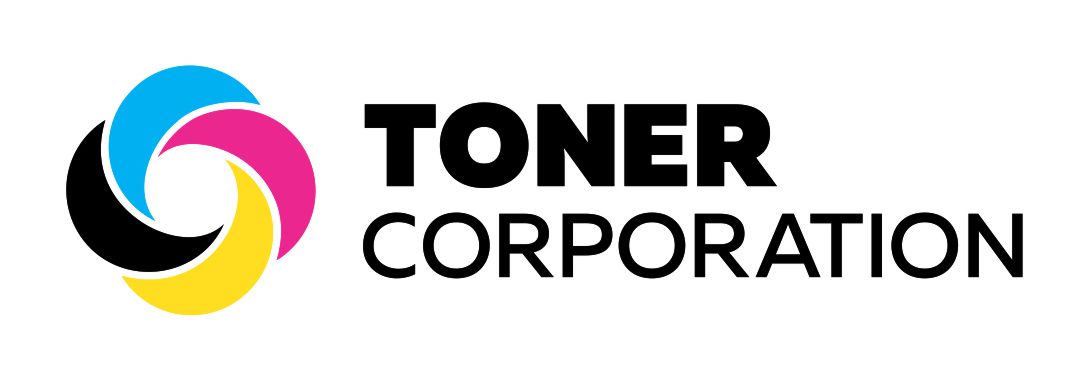Inverter Sizing For Solar
 Inverter sizing is a critical aspect of designing a solar power system. Inverters are responsible for converting direct current (DC) electricity produced by solar panels into alternating current (AC) electricity that can be used to power homes and businesses. Choosing the right size inverter is crucial to ensuring that your solar power system operates efficiently and effectively. In this article, we will discuss what you need to know about inverter sizing for your solar power system.
Inverter sizing is a critical aspect of designing a solar power system. Inverters are responsible for converting direct current (DC) electricity produced by solar panels into alternating current (AC) electricity that can be used to power homes and businesses. Choosing the right size inverter is crucial to ensuring that your solar power system operates efficiently and effectively. In this article, we will discuss what you need to know about inverter sizing for your solar power system.
Inverter Sizing
Inverter sizing refers to selecting an inverter that is appropriate for the size of your solar power system. The size of the inverter you choose will determine the maximum amount of electricity that your solar power system can produce. Inverter sizing is typically determined by the maximum power output of your solar panels, which is measured in watts (W).
Calculating Inverter Size
To calculate the size of the inverter you need, you will need to consider several factors, including the maximum power output of your solar panels, the expected amount of sunlight in your area, and the size of your battery bank (if you have one). The formula for calculating inverter size is as follows:
Inverter Size (W) = Total Wattage of Solar Panels x Solar Panel Voltage / Inverter Efficiency
For example, if you have 10 solar panels that each produce 250 watts of power and have a voltage of 24 volts, your total wattage would be 2,500 watts. If your inverter has an efficiency of 95%, the calculation would be:
Inverter Size (W) = 2,500 watts x 24 volts / 0.95 = 63,157 watts
In this example, you would need an inverter with a capacity of at least 63,157 watts to ensure that your solar power system operates efficiently.
Other Considerations
In addition to the total wattage of your solar panels, there are several other factors that can affect inverter sizing, including the type of inverter you choose (micro inverter vs. string inverter), the voltage of your battery bank (if you have one), and the peak power output of your solar panels. It’s important to consult with a solar power system installer or engineer to ensure that your inverter sizing is appropriate for your specific system.
Inverter sizing is a critical aspect of designing a solar power system. Choosing the right size inverter will ensure that your solar power system operates efficiently and effectively. By considering the total wattage of your solar panels, the expected amount of sunlight in your area, and other factors, you can determine the appropriate size of the inverter for your solar power system. It’s always best to consult with a professional to ensure that your inverter sizing is appropriate for your specific system.
Here are some frequently asked questions (FAQs) about inverter sizing for solar power systems:
- What happens if I choose an inverter that is too small for my solar power system?
If your inverter is too small, it will not be able to handle the maximum power output of your solar panels. This can result in reduced efficiency and performance of your solar power system.
2. What happens if I choose an inverter that is too large for my solar power system?
If your inverter is too large, it may be more expensive than necessary, and it may not operate at peak efficiency. Additionally, oversizing your inverter can result in reduced performance and increased maintenance costs.
3. Can I use a single inverter for multiple solar power systems?
In some cases, it may be possible to use a single inverter for multiple solar power systems. However, this depends on several factors, including the size and configuration of your solar power systems, the type of inverter you choose, and the wiring and electrical requirements of your system.
4. Should I choose a micro inverter or a string inverter for my solar power system?
The choice between a micro inverter and a string inverter depends on several factors, including the size and configuration of your solar power system, the amount of shade or obstructions in your area, and your budget. Micro inverters are generally more expensive than string inverters but may provide greater efficiency and flexibility for some systems.
5. What is the lifespan of an inverter?
The lifespan of an inverter depends on several factors, including the quality of the inverter, the amount of use it receives, and the environment in which it operates. In general, inverters can last anywhere from 5 to 20 years, although some may last longer with proper maintenance and care.

